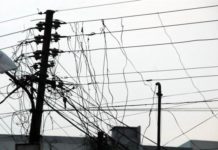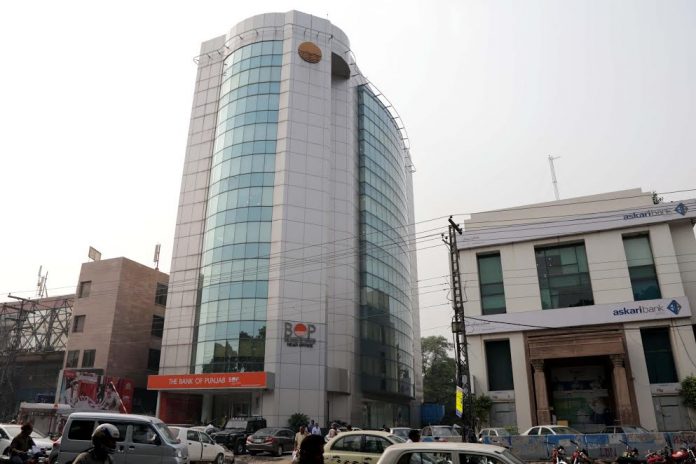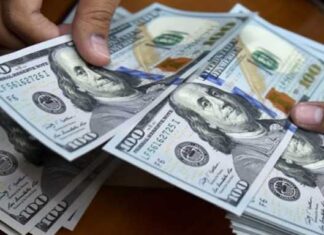GOP promises more funds on top of Rs17 billion already deposited
The Bank of Punjab (BOP) has shown a phenomenal recovery in the past few years. The Government of Punjab is the largest shareholder of the bank and it seems that it has reached out to pull the bank out of its worst times and has put it on the route to recovery and progress.
According to the Sherman Securities report, the Punjab government has deposited more than Rs17 billion in the bank as advance subscription money against future issue of right shares by the bank. This allowed the bank’s bad debts to reduce and deposits to rise even beyond the government’s contribution. Over the past three years, the bank’s deposits went up cumulatively by Rs114 billion. In the past six months alone, the deposit side of BOP has grown from Rs347 billion to Rs429 billion, which is almost 15 per cent growth within half a year. This is interesting because the banking sector particularly considers deposits to be the main theme for performance.
In the past two weeks, BoP’s stock made news once again as it rallied 33 per cent, as explained by the Sherman securities report. This growth of BOP stock and its performance is surprising considering the past record of heavy Non-Performing Loans (NPL) and the reduction in deposits that the bank had to suffer. The financial crunch that hit Pakistan in 2000’s seemed to have hit BoP the hardest as they had as much as 20 per cent NPLs. A quick reflection of BOP’s bad conditions can be shown by the fact that it was on the verge of liquidity crisis in 2008, and its NPLs had hit the mark of over Rs80 billion. Some investors are still skeptical of the bank’s liquidity performance despite its good performance over all.

Though the bank has shown tremendous improvement in its deposits and has also been pulled out of the NPL burden to a great deal by the Government of Punjab, it is still not completely done with the recession that it had to face.The Punjab government injected a heavy equity into the bank’s statements, nearly Rs10billion over the past couple of years and has promised more in near future. Furthermore, the social schemes introduced by the Government of Punjab such as auto financing scheme and Rozgaar scheme are also being financed through BoP, which is providing the bank with more money as well as more customers.
The effect of this intervention by the Government of Punjab has multiple dimensions. On the one side, the equity injection means a direct dilution of earnings for the shareholders and an inevitable fall in Earnings Per Share (EPS).On the other hand, it means an increase in the bank’s deposits and brings them close to, and even above, the minimum capital requirement by the State Bank of Pakistan (SBP). This extra finance also allows the bank to lend more and therefore earn more interest and perhaps even increase their net interest margin (NIM).
Pakistan Today talked to an acclaimed financial analyst Ameet Doulat at the Next Capital Brokers who shed more light on the matter. He believes that while the stock market has been really volatile in the recent times and third tier scrips have been rallying, BOP is one of the stocks which have a fundamental story attached with this and thus the stock rally is justified. Doulat highlighted that BOP’s management change in the last half decade is key to this growth where the bank posted Profit after tax of Rs4.8 billion in 2015 compared Rs4 billion loss in 2010. During this period, the bank’s deposits grew at a five-year compound annual growth rate (CAGR) of 12.5 per cent.
Considering the current trends in the BOP performance and the huge government injection behind it, the question arises that what would make BOP stay away from falling into another trap of NPLs with all the increased capacity to lend. About this, Ameet said, “The biggest concern for BOP over the years because of which the stock price had been relatively stagnant (5 year average price of Rs 9.21 per share) has been because of its concern on Non-performing loans. “However, the bank’s NPLs have declined from Rs77 billion to Rs 57 billion through 2010-15. BOP was among the banks that went overboard with lending back in 2000s when the lending trend was booming. Haris Steel is a case in point where SBP flagged Rs9 billion loan without any collateral. The management change and the increased regulations does provide comfort on the front.”
Doulat further said, “The banking sector in the past has had a very safe model of parking its deposits in government securities and earning a spread on that. However, taking into consideration the secondary market yields and the current interest rate scenario, lending provides the next leg of growth for the sector which faces a problem of legacy profitability. In such a scenario, the advances growth and the advances spread over KIBOR is where banks will stand out in the next few years. Interestingly, BOP’s advances spread over KIBOR has averaged 1.63 per cent in the last three years primarily because of reliance on consumer, specifically auto lending. Going forward, this spread is expected to remain strong and the growth in auto financing and another potential Rozgar scheme can really help BOP’s profitability to flourish.”
The analyst further said, “Right now investors are looking for alpha generating banks with earnings growth and that is the reason BOP is in the limelight.” He said that stock can go up further in value and reach around Rs15 to 18 per share by December end. (Currently the BoP share price is approximately Rs13.4). He added that the EPS can also reach up to Rs2.5 to 3 per share by 2018. As of Jun 2016 accounts, the bank reported a book value of Rs 16.88 per share which makes up a Price over Book Value of 0.8 times, still below the optimal of 1.0 times. These things combined paint a hopeful picture for the future of a bank which had been in a crunch for almost a decade.
























